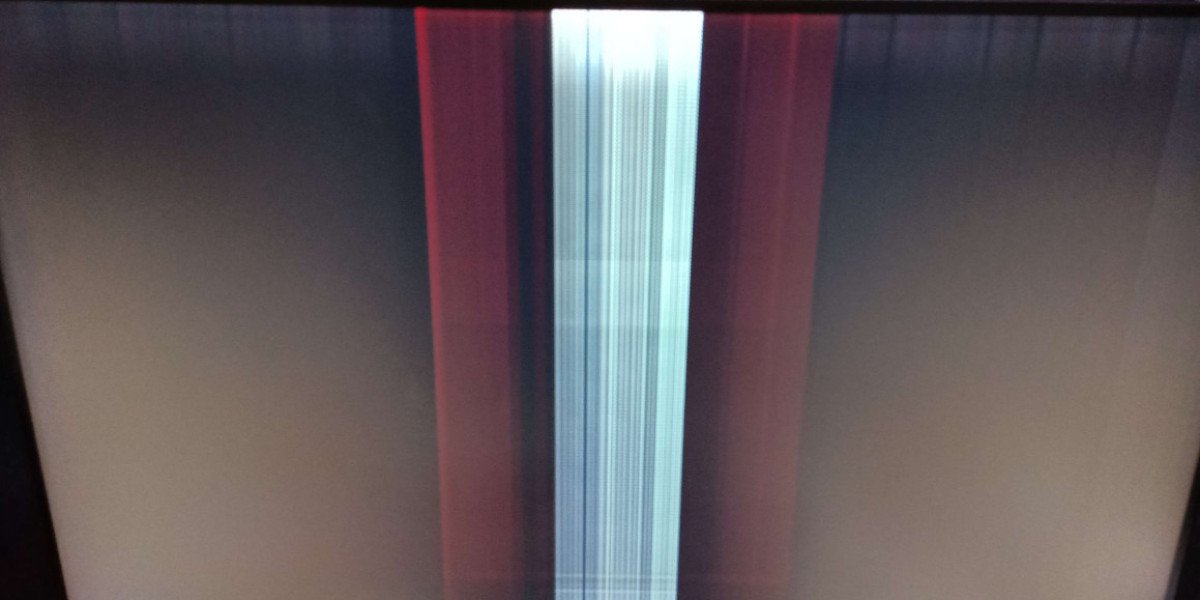Laser marks removal is a modern technique used to eliminate unwanted marks, stains, or surface imperfections through the use of high-intensity laser beams. Unlike traditional cleaning or polishing methods, laser removal is a non-contact process that uses concentrated light energy to remove contaminants or marks without damaging the underlying material. It is widely applied in industries for cleaning metals, restoring surfaces, and preparing materials for further processing.
1. How Laser Marks Removal Works
The process involves directing a laser beam onto the marked or stained surface. The energy from the laser interacts with the top layer of material, vaporizing or ablating the unwanted marks. Depending on the laser type and intensity, the method can remove:
Oxidation marks
Rust and corrosion stains
Heat discoloration from welding or cutting
Old paint and coatings
Oil, grease, or surface contamination
Since the laser can be adjusted to specific wavelengths and power levels, it provides controlled and precise removal, ensuring only the unwanted mark is targeted while preserving the integrity of the material underneath.
2. Types of Lasers Used in Marks Removal
Fiber Lasers – Ideal for metals, providing deep cleaning and removal of welding or heat-affected marks.
CO₂ Lasers – Used for non-metallic surfaces like wood, glass, and ceramics.
Pulsed Lasers – Deliver high-energy bursts for precise removal without heating the material excessively.
3. Advantages of Laser Marks Removal
Laser technology has become a preferred method for removing marks due to its many benefits:
Non-Contact Process: No mechanical tools touch the surface, eliminating the risk of scratches or material wear.
Environmentally Friendly: Unlike chemical cleaning, it requires no solvents or abrasive materials.
High Precision: Lasers can be targeted to very small areas without affecting surrounding surfaces.
Time-Saving: Quick setup and efficient removal reduce downtime in industrial operations.
Cost-Effective: Although the equipment investment may be high, the long-term savings from no consumables and low maintenance make it economical.
Safe for Sensitive Surfaces: Can be used on delicate materials without distortion or weakening.
4. Industrial Applications of Laser Marks Removal
Welding Industry: Removes heat marks, oxide layers, and discoloration from welded joints, leaving a clean finish.
Aerospace & Automotive: Cleans engine parts, molds, and tools by removing surface contamination.
Electronics: Removes coatings and oxides from sensitive components without damage.
Cultural Heritage: Used in art and monument restoration to remove dirt and oxidation while preserving original structures.
Medical Field: Cleans and prepares surgical instruments by removing contaminants and ensuring sterilization.
5. Why Businesses Choose Laser Marks Removal
With growing demand for precision and sustainability, laser marks removal is replacing traditional cleaning and polishing methods. It reduces waste, avoids harsh chemicals, and delivers superior results. The process ensures consistent quality while meeting industry standards for safety and cleanliness.
Conclusion
Laser marks removal is an advanced, eco-friendly, and highly effective method for restoring surfaces and eliminating unwanted marks. Its precision, speed, and versatility make it an essential solution in industries ranging from manufacturing and aerospace to cultural restoration and medical equipment. By investing in laser technology, businesses gain a reliable and sustainable way to maintain product quality, extend equipment life, and reduce long-term costs.







